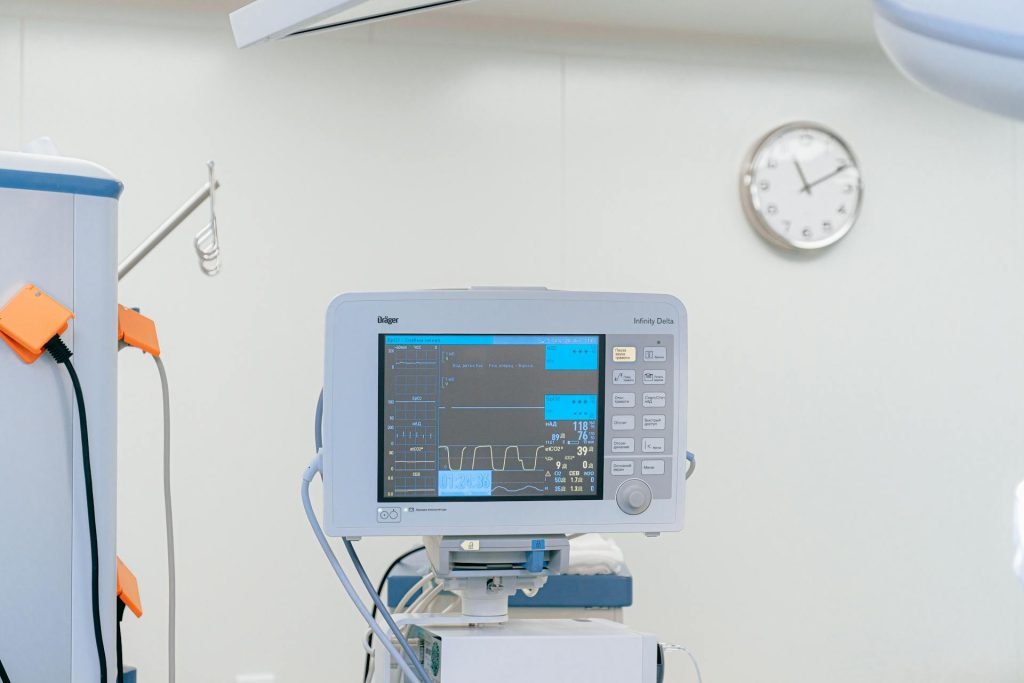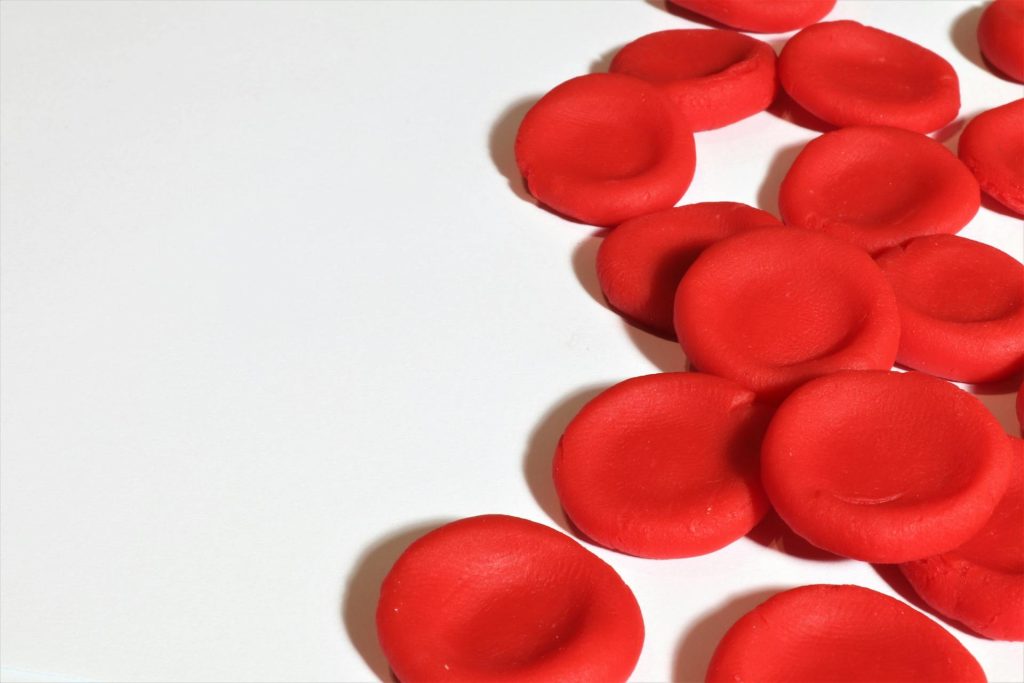When healthcare providers are choosing equipment and supplies, they come across a wide range of products that are available to them. They go through a checklist that dissects the health problems prevailing in the area, review the needs of the patients and the services provided at the facility, asses the resources they have for procurement of equipment and supplies, review competence and skills of health workers and find out what type of equipment and supplies are used in other healthcare facilities, so that they can deliver better patient experience.
Below are some tips that will help you decided which equipment to procure and how to do it:
Basic Patient Needs
Why are you planning to purchase the items on your list?
- Public health
- Clinical
- Technical
- Economic
There are various reasons why you might need certain equipment such as for an outbreak of a disease in your area or for treating a health problem. This is where you need to use the “VEN” system to make a decision.
Whether you are buying new equipment or replacing the old one, think of the change in terms of “vital”, “essential” or “not so essential”. Do not purchase any new equipment or order new parts just because there’s a new model available. In healthcare, equipment should only be bought or replaced through safety and mobility safety suppliers when they have reached the end of their useful life.
Appropriateness
When buying equipment for a certain department, make sure they are appropriate for the setting they will be used in. Consider these factors:
- Compatibility
- Local conditions
- Acceptability
If the equipment is too sophisticated, you might need a professional for its use and maintenance. Complicated items are prone to break down under inexperienced hands, which means you would have to either hire a professional or provide training to the healthcare workers. When in touch with the supplier, make sure to ask how the equipment will fare under different weather conditions.
Quality
When checking the quality of equipment and supplies, focus on four things:
- Safety
- Performance
- Labelling and packaging
- Materials and design
When it comes to quality, find out how often the equipment is used. If it is used frequently, then go straight for the highest quality and if not, then it stands to reason how much you should invest. However, patient safety and care should not be compromised because of the quality.
Costs
Think of it this way: if you buy equipment with cheap quality, you will be spending more yearly on its repairs, as compared to expensive, high-quality equipment that will last longer. Do not buy supplies nearing the end of their expiry date! They might be cheap but they are of no use.
Your budget should also have room for the following costs:
- Installation
- Transportation and insurance
- Import tax and customs duty
- Staff training
- Maintenance and servicing
- Spare parts
- Accessories
- Safe waste disposal
- Kerosene, electricity or other fuel
Source
This can reduce the impact on your budget significantly. These factors include:
- Imported supplies
- Manufacturers and suppliers
- Used supplies
Healthcare providers should always place quality at the top of the checklist, to make sure their patients receive the best care. This is the key to offering patients the best experience.
- How Automated Dispensing Cabinets (ADCs) revolutionized point-of-care medication administration? - November 23, 2021
- How to Select the Best and Most Affordable Fitness Tools - October 31, 2021
- What is Causing the Trend of Nursing Turnover and How to Stop It - August 24, 2021


